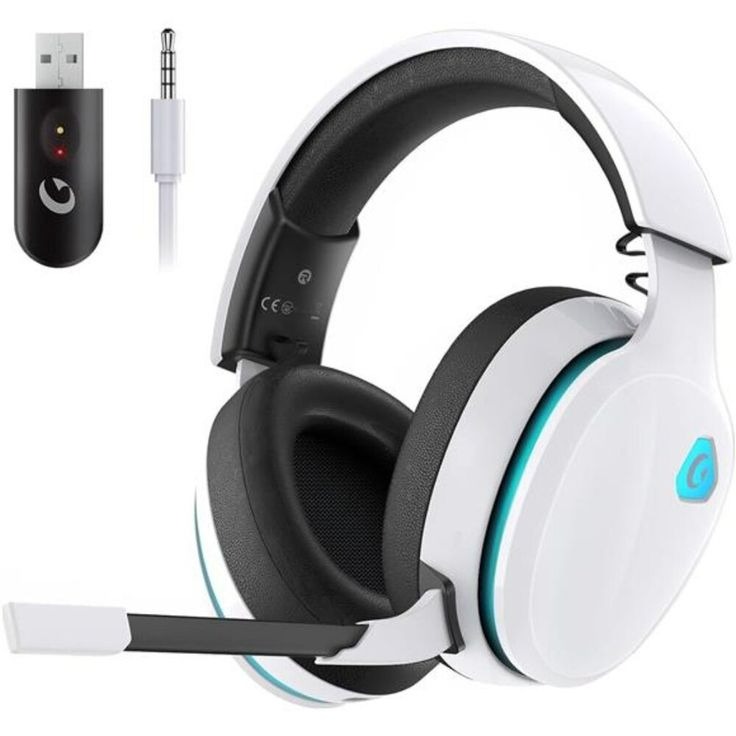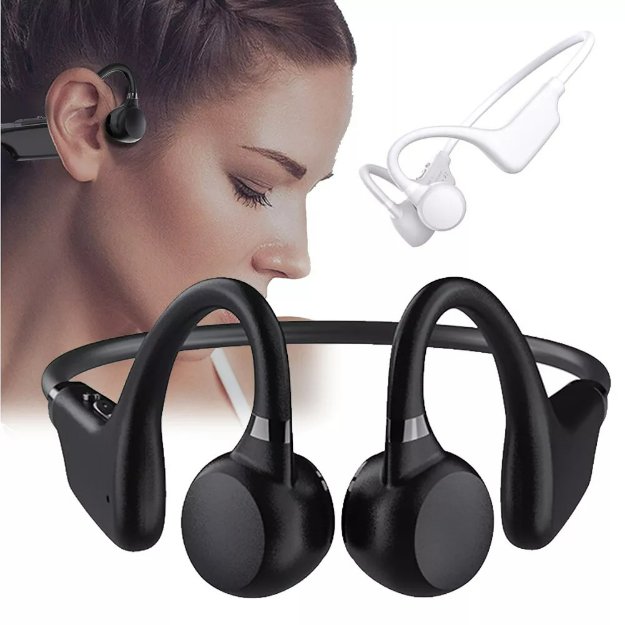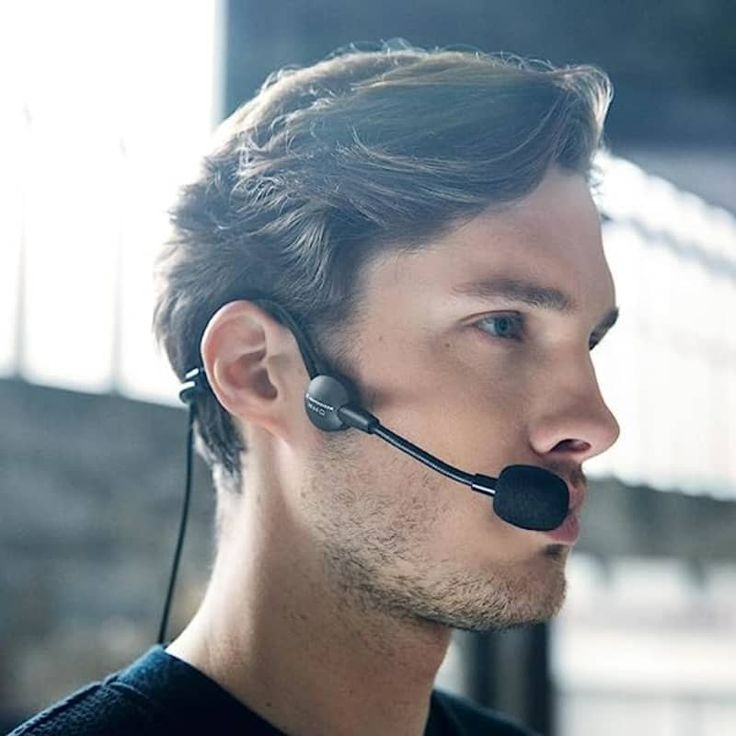The Importance of Communication in UTV Riding
When you’re tackling the rugged trails on a UTV, clear communication is critical. It ensures safety and coordination among riders. During an outdoor adventure, unexpected obstacles or changes in terrain can arise. Quick, clear conversations help riders react promptly and make informed decisions. For group rides, utv communication headsets allow everyone to stay connected. They discuss routes and obstacles as they occur in real-time. In racing scenarios, they offer a competitive edge. Drivers communicate with their team for strategy.
Recreationally, they add to the fun. Friends share experiences and enjoy their adventure together. In any of these cases, without effective communication gear, the riding experience can suffer. Misunderstandings may happen, leading to delays or even accidents. In extreme sports, safety is a priority. Communication headsets are a vital tool in managing risks and ensuring a smooth ride. They are not just accessories, but a significant element of UTV riding gear.

Types of UTV Communication Headsets
When selecting a UTV communication headset, riders have a variety of types to choose from. These vary in design, functionality, and compatibility. Here’s an overview of the common types:
Wired Headsets
Wired headsets connect directly to your UTV’s comms system through a physical cable. They are known for their reliable connection and clear audio quality. Riders don’t worry about battery life or wireless interference. But, the cables can restrict movement and may get tangled.
Wireless Headsets
Wireless headsets offer greater freedom of movement. They use Bluetooth or other RF technologies to pair with your devices. These headsets eliminate the hassle of wires. But they rely on battery power and can be subject to signal interruptions.
Behind-the-Head Headsets
Designed to fit snugly behind the head, these models are comfortable and secure. They work well with helmets and don’t press on the ears. They are popular for their ease of wear over extended periods.
Over-the-Head Headsets
The traditional over-the-head design is a staple for communication headsets. They provide a stable fit and often feature padded ear cushions for comfort. Some find them bulky under helmets, but they offer excellent microphone positioning.
Handheld Radios with Headsets
For those who prefer separate comms devices, handheld radios with headsets are an option. They allow riders to communicate with others who may not be on UTVs. This type is flexible but requires managing an additional device.
In-Helmet Communication Systems
These integrated systems are built into the helmet. They provide a seamless experience with no extra equipment to wear. The downside is they are helmet specific. Changing helmets means you may need to transfer the system.
When choosing among utv communication headsets, consider how you ride and what your specific needs are. Look for the balance between convenience, quality, and reliability to ensure a safe and enjoyable experience.

Key Features to Look for in a UTV Communication Headset
When shopping for UTV communication headsets, several key features are essential to consider. These will impact your communication quality, the headset’s durability, and overall satisfaction. By keeping an eye out for the following characteristics, you can make a more informed decision.
- Sound Quality: Crystal clear audio enables riders to understand each other without repeating. Look for headsets with noise cancellation technology. It reduces engine and wind noise.
- Comfort: Comfort is crucial for headsets, especially during long rides. Choose headsets with padded ear cushions and adjustable headbands. They should feel good even after hours of use.
- Durability: UTV rides are rough on gear. Your headset must withstand dust, moisture, and impact. Opt for headsets with rugged design and water-resistant features.
- Battery Life: For wireless headsets, long battery life is a must. It ensures your headset won’t die mid-ride. Check the battery life specs before buying.
- Range: Communication range matters in open terrains. The best utv communication headsets have a long range to keep riders connected over distance.
- User-Friendliness: Look for headsets that are easy to use. Simple controls and easy pairing with devices make for a hassle-free experience.
- Compatibility: Your headset should work with your existing devices and communicate with fellow riders’ headsets.
- Voice Activation: Headsets with voice activation allow hands-free operation. You can communicate without lifting a finger.
Selecting the right UTV communication headset is about balancing these features with your specific needs. Make sure to prioritize the features that match your riding style and environment.
Wired vs. Wireless Headsets: Which One to Choose?
Choosing between wired and wireless UTV communication headsets depends on personal preference and needs. Let’s break down the advantages and disadvantages of each to help you decide.
Advantages of Wired Headsets
Wired headsets provide consistent sound quality without relying on a battery. They have direct connections, so there’s no risk of signal loss. Cables ensure a stable audio link, crucial during high-speed adventures.
Disadvantages of Wired Headsets
The main downside is limited movement due to the cable. Tangling wires can be annoying and even unsafe. Wired designs may interfere with quick exits from your UTV in emergencies.
Advantages of Wireless Headsets
Wireless headsets let you move freely. No cables mean less clutter and enhanced comfort. The advanced technology in wireless options often includes features like voice activation and easy pairing.
Disadvantages of Wireless Headsets
The dependency on battery life is a downside; they require charging. Signal interference can occur, potentially disrupting communication. They may also be more expensive compared to wired choices.
In summary, if reliability and uninterrupted communication are top priorities, wired headsets are a solid choice. However, if convenience and freedom of movement stand out for you, go for wireless headsets. Factor in the terrain, the length of your rides, and personal comfort when making your decision. Weighing these aspects will guide you to the best UTV communication headsets for your outdoor excursions.

Top Brands and Models in UTV Communication Headsets
When choosing UTV communication headsets, the brand and model matter. Top brands often give better quality, advanced features, and reliable customer service. Here are some brands and models known for their excellence in UTV communication headsets.
- Sena: Sena is a leading name in the world of on-ride communication. They offer models with top-notch sound clarity and long-range capabilities. The Sena 50S is a popular choice, celebrated for its robust build and clear sound.
- Cardo: Cardo specializes in wireless solutions with cutting-edge technology. The Cardo PACKTALK is favored for its dynamic mesh communication technology, which makes group rides seamless.
- Rugged Radios: Known for their durability, Rugged Radios provide reliable performance in tough conditions. Their headsets, like the Rugged Radios H42, stand up to the challenges of off-road terrain.
- Midland: Offering both value and performance, Midland’s headsets like the Midland GXT1000VP4 are praised for their effective communication range and affordability.
- Scala Rider: Scala Rider headsets balance quality with ease of use. Their user-friendly controls and clear sound make models like the Scala Rider PACKTALK BOLD a go-to for riders.
- Peltor: Peltor headsets by 3M are suited for riders who prioritize hearing protection. The Peltor Sport Tactical line is designed to integrate communication with noise-canceling features.
When buying a UTV communication headset, assess each brand and model against your needs. Consider their reputation, the specific features you value, and read reviews from other riders. This research ensures you invest in a headset that will enhance your UTV experience. Always align your choice with the key features you prioritize, such as sound quality, comfort, and battery life, to find the perfect fit for your rides.
Installation and Maintenance of UTV Headsets
Installing and maintaining UTV communication headsets is straightforward. It keeps them functioning well. Here are simple steps and tips.
Installation Tips
- Read the Manual: Start with the manufacturer’s instructions. They provide the correct steps.
- Check Compatibility: Make sure the headset fits with your helmet and UTV model.
- Secure Connections: For wired models, ensure cables are firmly connected. Avoid loose wires.
- Test Before Ride: Always do a sound check. It ensures everything works before you set off.
- Adjust for Comfort: Position the headset for a snug fit. Adjust until it feels right.
Maintenance Advice
- Regular Cleaning: Wipe down headsets after use. It removes dirt and sweat.
- Check Battery Life: For wireless units, monitor the battery. Charge regularly.
- Inspect Wires: Look for any signs of wear in cables. Replace as needed.
- Dry Storage: Store headsets in a dry place. It prevents moisture damage.
- Software Updates: Update wireless headsets with new software. It boosts performance.
By following these installation and maintenance steps, you will ensure a long life for your UTV communication headsets. Regular care keeps them ready for every ride.
Price Range and Budget Considerations for Buyers
When it comes to purchasing UTV communication headsets, budget plays an essential role. Prices can vary widely based on the features and quality offered. It’s crucial to consider what you’re willing to spend without compromising on your must-have features. Here’s a guide to help you maneuver through the price ranges and budget considerations.
- Entry-Level Headsets: Cost-effective choices are available for casual riders or those new to UTV riding. These headsets generally provide basic functionality. They may lack advanced features like noise cancellation or long-range connectivity.
- Mid-Range Headsets: These headsets offer a balance between cost and advanced features. They’re suitable for riders who want better sound quality and comfort without breaking the bank.
- High-End Headsets: For serious riders who prioritize top-of-the-line performance, high-end headsets are the best option. They come with premium features like superior noise cancellation and long battery life but at a higher cost.
- Additional Costs: Remember to factor in any extra expenses. This includes adapters, extended warranties, or additional accessories you may need.
- Set a Budget: Determine your budget before shopping. Stick to it while comparing different models and brands.
- Long-Term Investment: Consider the headset’s durability and potential needs for future rides. Spending slightly more upfront for a quality product can save money in the long term.
By understanding the different price ranges and evaluating your budget against your needs, you can choose the right UTV communication headsets. This ensures a perfect blend of cost, quality, and functionality for your off-road adventures.
The Future of UTV Communication Technologies
The landscape of UTV communication technologies is ever-changing. Innovations aim to enhance rider safety and convenience. Here are the trends and advancements that could shape the future:
- Integration with Smart Devices: As smart devices become more ingrained in our lives, we can expect integration with UTV communication systems. This means controlling your headset through voice commands or a smartphone app.
- Improved Battery Technology: New battery developments could extend the life of wireless headsets. Future models might charge faster and last longer, making them more reliable for longer rides.
- Enhanced Sound Quality: With advances in audio technology, the sound quality of UTV headsets is likely to improve further. We may see sophisticated noise-cancellation systems that adapt to changing noise levels.
- Greater Range: Communication technologies may evolve to offer an even greater range. This is crucial for keeping in touch over vast distances, especially in remote areas.
- More Durable Designs: The demand for rugged gear will drive the production of even more durable headsets. They will likely be resistant to extreme weather, impacts, and dust.
- Voice-Controlled Operations: Voice recognition technology could become standard, allowing hands-free operation and more attention to riding.
- Mesh Networking: This technology enables a network of devices to communicate with each other, optimizing group connectivity. It’ll be especially beneficial for convoy riding.
These advancements in UTV communication headsets will aim to improve the overall riding experience. Keeping an eye on these trends will help you stay ahead of the curve when it comes to choosing your next headset. Be sure to consider these future possibilities when investing in new communication gear.